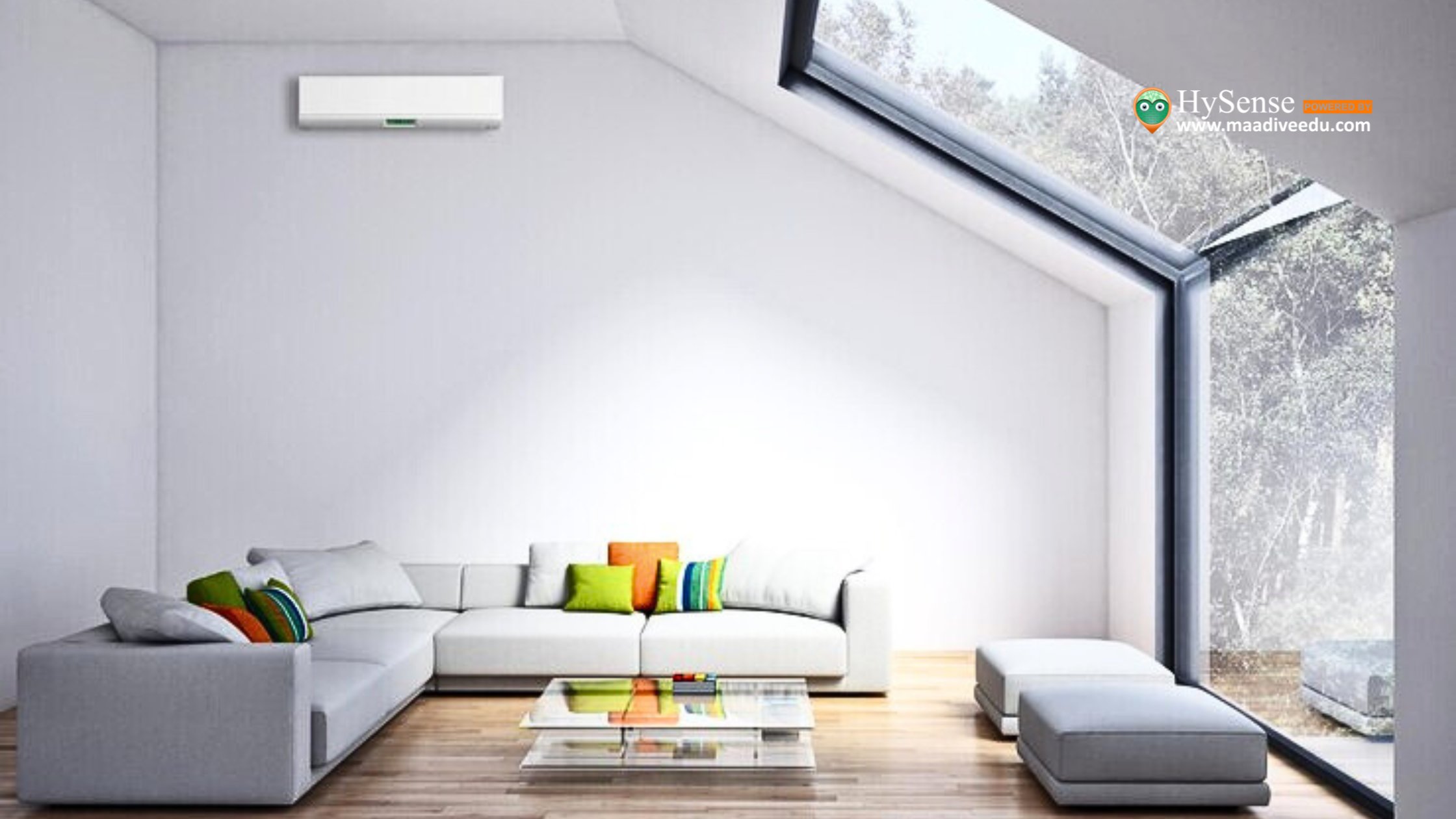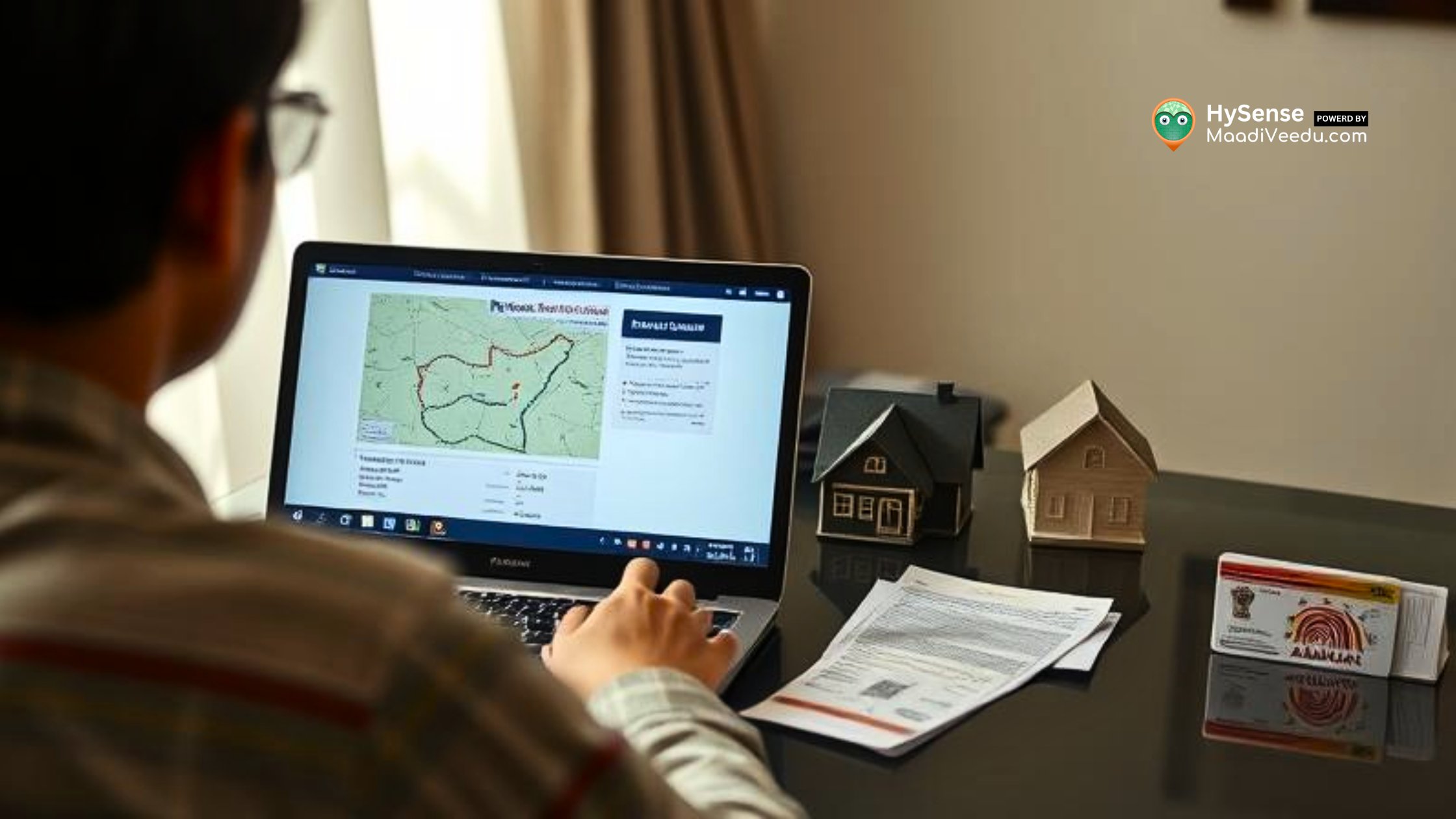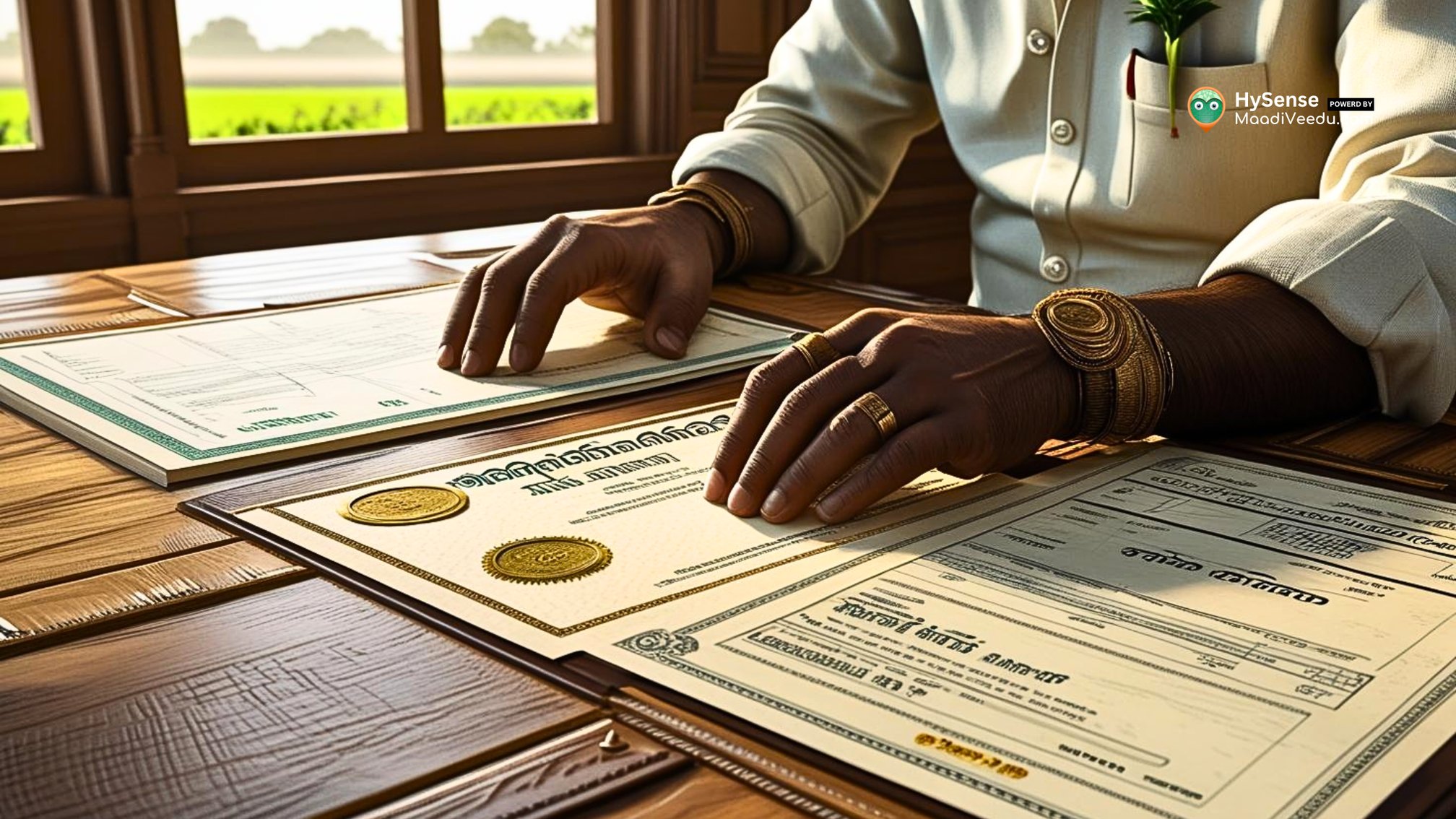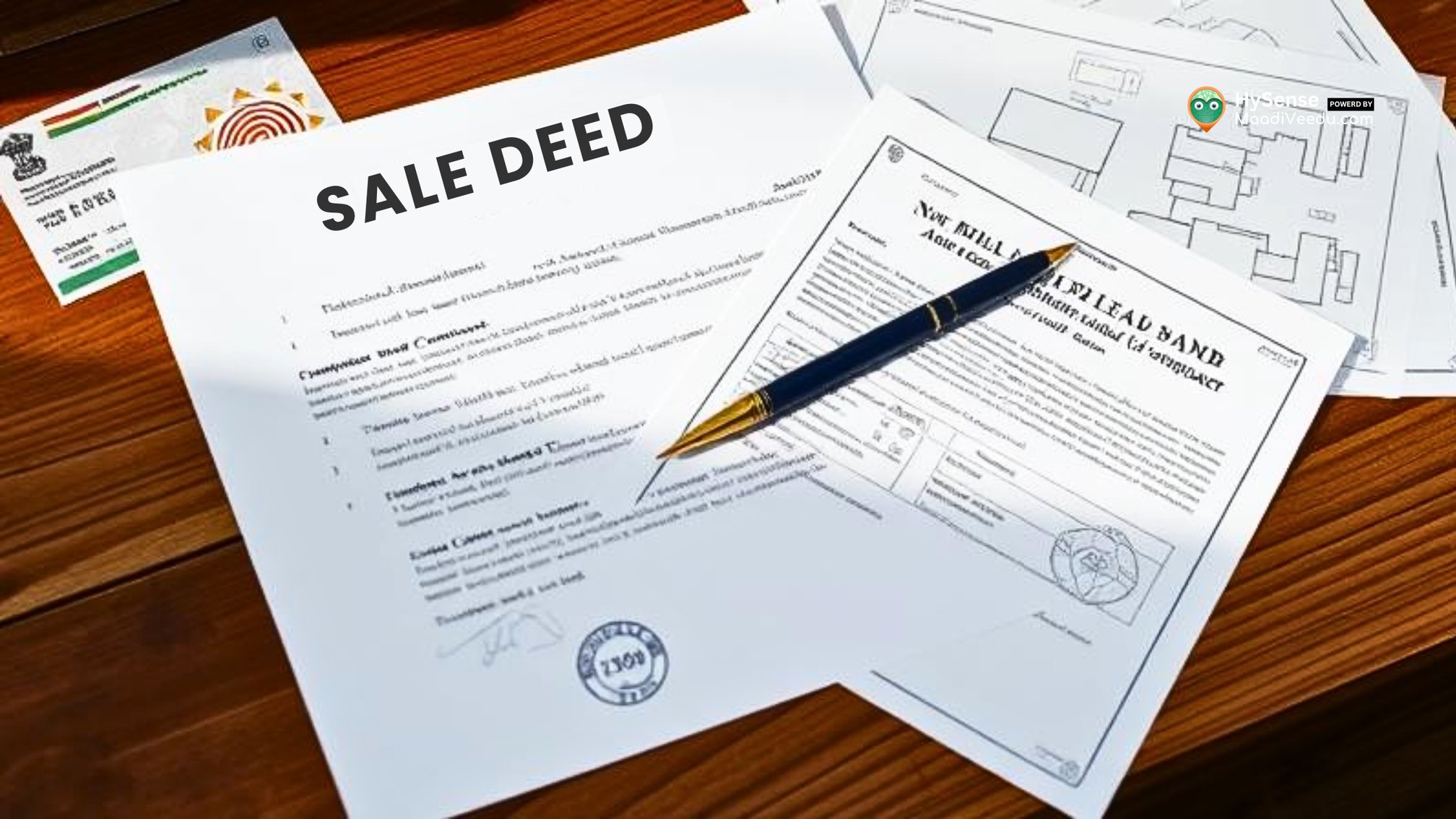How Proper Home Ventilation Can Improve Your Health-Comfort and Savings
Learn how proper home ventilation improves air quality, reduces humidity, boosts energy efficiency, and increases your home’s value for a healthier living space

Table of Contents
Proper home ventilation is not just a luxury; it is an essential part of maintaining a safe, comfortable, and energy-efficient living environment. Ventilation ensures that indoor air stays fresh and free of pollutants while helping regulate temperature and humidity levels. Without adequate airflow, homes can become breeding grounds for allergens, mold, and other harmful substances, creating discomfort and potential health risks for occupants. Additionally, ventilation systems help maintain the structural integrity of your home by reducing excess moisture, which can lead to damage over time. Understanding how ventilation works and implementing effective solutions can significantly enhance your quality of life.
What is Home Ventilation?
Home ventilation refers to the continuous exchange of air inside a building with fresh air from the outside. It plays a critical role in maintaining healthy indoor air quality while reducing the buildup of humidity, odors, and airborne contaminants. Whether achieved through natural methods, like opening windows, or mechanical systems, such as fans and HVAC units, ventilation is necessary to create a balanced and livable environment. Good ventilation ensures that air is neither stale nor overly damp, allowing for a healthier and more comfortable indoor experience.
Types of Home Ventilation
There are several ways to ventilate a home, each with unique benefits and purposes.
Natural Ventilation
Natural ventilation uses openings like windows, doors, and vents to allow fresh air to flow in and stale air to escape. It’s an energy-efficient and cost-effective method, particularly effective in areas with mild weather conditions.
Mechanical Ventilation
Mechanical systems rely on equipment like exhaust fans, air ducts, and HVAC systems to control the airflow within a home. These systems are ideal for areas where natural ventilation is insufficient or outdoor air quality is poor.
Hybrid Ventilation
Hybrid ventilation systems combine natural and mechanical methods to create an adaptable and efficient airflow solution. By adjusting to changing weather or indoor air conditions, these systems offer a balance between energy savings and consistent performance.
Why Proper Home Ventilation Matters
The importance of proper ventilation goes far beyond comfort. It directly affects your health, energy costs, and the condition of your home. Below are seven critical benefits of having a well-ventilated home.
1. Improved Indoor Air Quality
Indoor air can accumulate dust, allergens, and harmful gases over time, especially in tightly sealed homes. Ventilation helps remove these contaminants, replacing them with cleaner outdoor air. This creates a healthier living environment, reducing risks of respiratory problems, fatigue, and other health issues. Families with children, elderly members, or individuals with preexisting health conditions benefit significantly from improved indoor air quality.
2. Humidity Control and Mold Prevention
Excess moisture in the air can lead to damp conditions, which encourage the growth of mold and mildew. Mold not only damages walls and furnishings but also releases spores that can trigger allergies and respiratory issues. Proper ventilation prevents these problems by maintaining balanced humidity levels. This is especially important in high-humidity areas like bathrooms, kitchens, and basements.
3. Energy Efficiency and Savings
A well-ventilated home often operates more efficiently in terms of heating and cooling. Modern ventilation systems, such as heat recovery ventilators (HRVs) and energy recovery ventilators (ERVs), are designed to conserve energy by reusing heat or cool air. These systems reduce the load on HVAC equipment, leading to lower energy bills and a smaller environmental impact.
4. Reduction of Indoor Pollutants
Daily activities like cooking, cleaning, or using household products can introduce pollutants such as carbon monoxide, volatile organic compounds (VOCs), and particulate matter. Proper ventilation ensures these pollutants do not accumulate, creating a safer indoor environment. This is especially important in homes with gas appliances or where smoking occurs indoors.
5. Enhanced Comfort and Livability
Good ventilation significantly improves overall comfort by regulating indoor temperatures and preventing rooms from feeling stuffy. Balanced airflow ensures consistent conditions throughout the home, making it more pleasant to spend time indoors. Whether it’s reducing odors, preventing sticky humidity, or circulating fresh air, proper ventilation makes your home a more enjoyable space to live in.
6. Preservation of Home Integrity
Excessive moisture can damage building materials, leading to issues like wood rot, rust, or peeling paint. Over time, these problems can compromise the structural integrity of your home and result in costly repairs. Proper ventilation keeps moisture at bay, preserving the value and durability of your property.
7. Better Overall Health and Well-being
Living in a well-ventilated home has a direct impact on mental and physical health. Fresh air helps reduce stress, improves focus, and supports better sleep. Moreover, removing allergens and toxins through ventilation reduces the risk of chronic health conditions, particularly respiratory ailments. Clean, fresh air is vital for maintaining a higher quality of life for all household members.
How to Optimize Home Ventilation
To ensure your home benefits from effective ventilation, consider the following practices:
- Keep Ventilation Systems Clean: Regularly clean and maintain exhaust fans, ducts, and air filters to ensure they operate efficiently.
- Use Exhaust Fans in Key Areas: Kitchens and bathrooms are common sources of humidity and odors. Use exhaust fans to remove moisture and pollutants directly.
- Utilize Cross-Ventilation: Open windows or vents on opposite sides of your home to create natural airflow.
- Consider Upgrading Systems: If your current setup is outdated, invest in energy-efficient ventilation systems like HRVs or ERVs to save energy and improve air quality.
- Monitor Humidity Levels: Use a hygrometer to ensure your indoor humidity stays between 30% and 50%. Add dehumidifiers or humidifiers as needed.
Conclusion
Proper home ventilation is about more than just maintaining fresh air—it’s a cornerstone of a healthy, comfortable, and long-lasting home. By controlling humidity, removing pollutants, and balancing airflow, you can protect both your property and the well-being of those who live in it. Whether through natural means, mechanical systems, or a combination of both, improving your home’s ventilation system is an investment in health, comfort, and energy efficiency. Start by assessing your home’s current ventilation and take the necessary steps to optimize it. With the right approach, you can create a healthier and more enjoyable living space for years to come.
For more tips and updates on creating a healthier, more energy-efficient home, feel free to connect with us through our online platform for expert advice and inspiration











